Country life: celebrating the rich creative cache of Sussex modernists
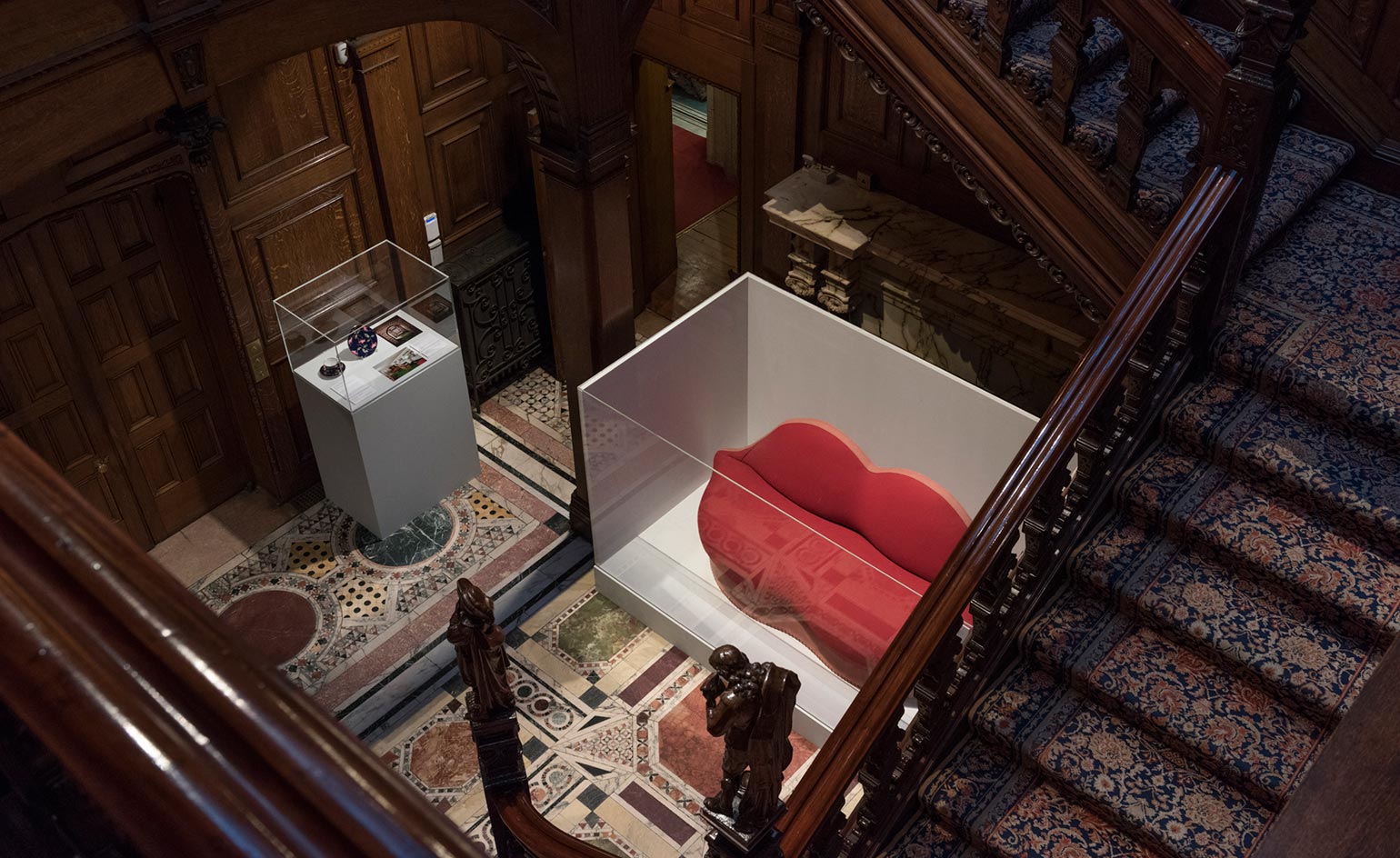
Two Temple Place, a late Victorian mansion built by William Waldorf Astor on the north bank of the Thames, is one of London’s lesser known architectural gems – and lesser known galleries. Until April, its grand, eccentrically embellished halls will be filled with paintings, poems, furniture, photographs, sound installations, scale models, films and paraphernalia from the Sussex Modernists. They comprise Sussex Modernism: Retreat and Rebellion', the most interdisciplinary exhibition the space has staged in its six years promoting culture.
For curator Hope Wolf, a lecturer in British modernist literature at the University of Sussex, including all these different disciplines is essential to understanding the diverse group. But pulling together such an eclectic exhibition was no mean feat. Wolf mined local archives and enlisted contacts in nine galleries and museum-houses across Sussex.
The objects she uncovered plot a visual history of the region. We discover that in the first half of the 20th century, the rolling hills of provincial East and West Sussex became unlikely hives of creative activity. Artists, craftsmen and writers escaped metropolitan London for the rural idylls and farmhouses that were to become cultural epicentres. 'I was keen to question why these people went to Sussex, what they thought of it, or whether they were interested in it at all,' explains Wolf.
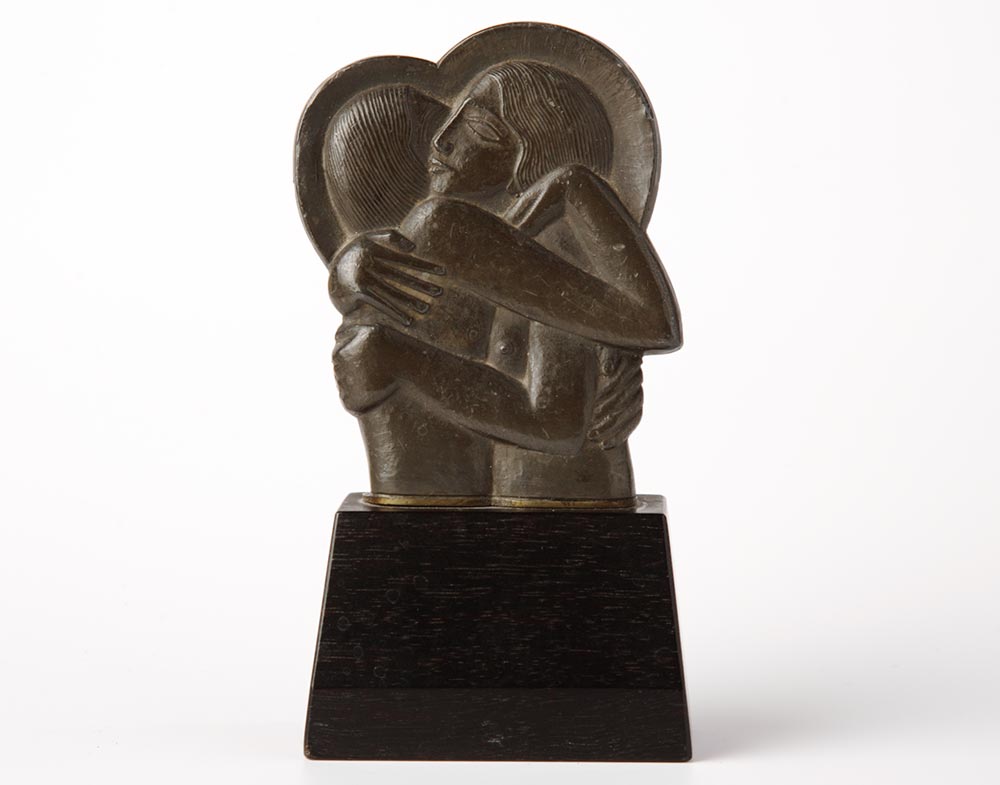
’Divine Lovers’, by Eric Gill, 1923.
We begin our countryside ramble in Ditchling, near Brighton, where a Catholic craft community advocating working by hand was founded in 1920. The most famous member was sculptor and typographer Eric Gill. Here, we see his blending of religious iconography and eroticism through a series of sketches and sculptures. The posthumous revelations surrounding Gill’s reprehensible sexual proclivities has created a serious ethical dilemma for curators, and marred the idea of Sussex as a utopian retreat.
Nonetheless, the Ditchling group's desire to merge utility with art provides a solid basis on which to build our picture of the Sussex modernists. Unlike these patriarchal craftsmen (they did not allow female members), the Bloomsbury group was feminist and progressive – and both were working concurrently, less than half an hour's drive down the road. Charleston, the rural home of London's intellectual set, marks our next Sussex stop. It is represented by a selection of paintings and murals by Duncan Grant and Vanessa Bell, including a powerful nativity scene for which local Sussex farmhands served as models.
From here we journey onward through the South Downs and coastline, past staggering works by John Piper, Pablo Picasso and Edward Wadsworth to painter Peggy Angus’ cottage Furlongs and collector Edward James' extravagant Monkton House. Displayed in the original glass-fronted wall cabinets of Two Temple Place, their works couldn't look more at home, and visitors are transported back in time. We sense the political undertones of the period bubbling away behind the glass – like in the Angus sketch of a reclining nude reading The Crisis of Capitalist Culture with a wry smile, never before shown in public.
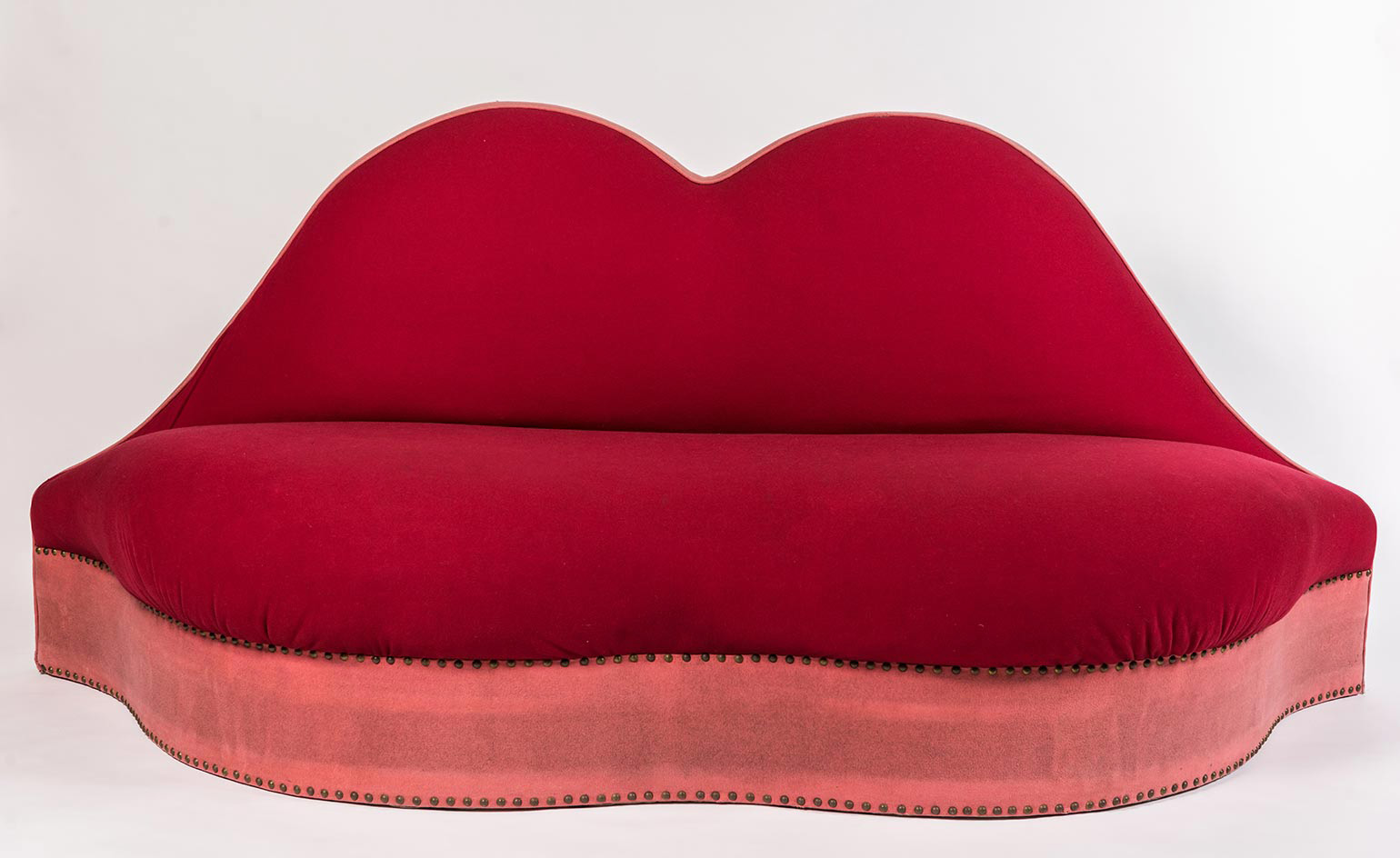
’Mae West’s Lips’ sofa, by Salvador Dalí, 1938, commissioned by Edward James.
To fit in the extensive range of works, Wolf has made use of every space in the building, including its fanciful stairway, replete with ornate balustrades and newels. Here, the red 'Mae West's Lips' sofa, commissioned by Edward James and designed by Salvador Dalí in 1938, juxtaposes with the dark wood of the staircase.
But at the top of the stairs we are transported into a modernist world that seems a million miles away from this decadence. Humble and quiet, Farley Farm House (near the delightful-sounding village of Muddles Green) was home to photographer Lee Miller and surrealist artist Roland Penrose. For 35 years, from 1949, their kitchen table hosted many renowned international guests – notably Picasso, Joan Miró and László Moholy-Nagy, whose photographs of the modernist De La Warr Pavilion are displayed here next to its impressive scale model.
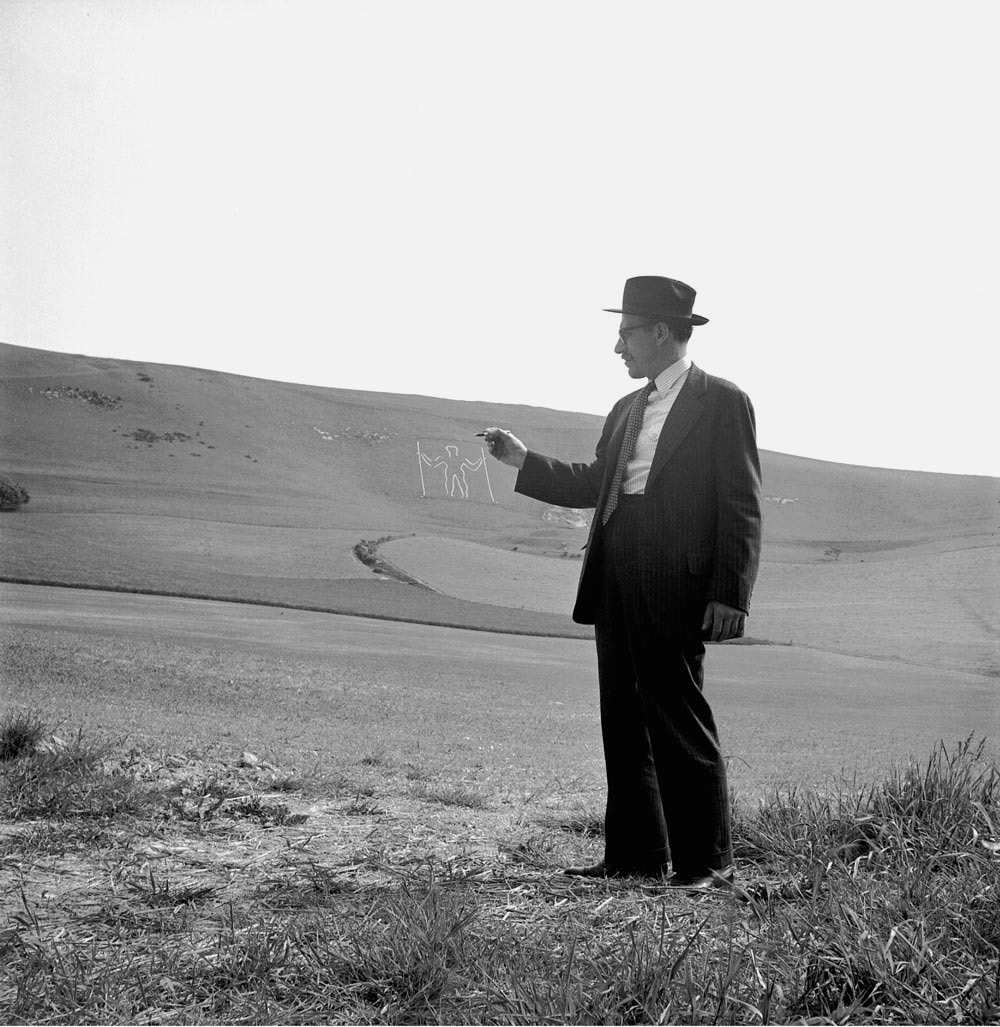
’Steinberg added the finishing touches to the Long Man of Wilmington, East Sussex, England’, by Lee Miller, 2016.
Like the Hungarian Moholy-Nagy, many influential artists were attracted to Sussex from overseas. Indeed, Wolf was surprised to discover just how many émigrés appeared in the region in the early twentieth century – German-Jewish Erich Mendelsohn and Russian-born Serge Chermayeff, for example. Not everyone, it seems, was escaping the British capital; they were escaping war-torn mainland Europe, too.
In places, Sussex is just as close to the French coastline as it is to London, affording it a unique vantage point for war time artistic documentary. In The Times, Virginia Woolf described hearing bombs fall on France from the South Downs as 'the beating of gigantic carpets by gigantic women'. The immediacy the English writer depicts gives the whole region a sense of creative claustrophobia.
So much pioneering, problematic art was being produced, and in such close proximity. Wolf describes it as a 'visual cacophony'. The curator teases out connections and synergies between these interrelated communities, creating a coherent path through the region's cultural history. Nonetheless, she has left many questions unanswered, for the audience to draw their own conclusions. Whether the Sussex modernists were rebelling, retreating or simply relocating, Wolf believes it may take 'any number of future exhibitions' to fully understand. This insightful exhibition offers plenty to keep us going until then.
Receive our daily digest of inspiration, escapism and design stories from around the world direct to your inbox.
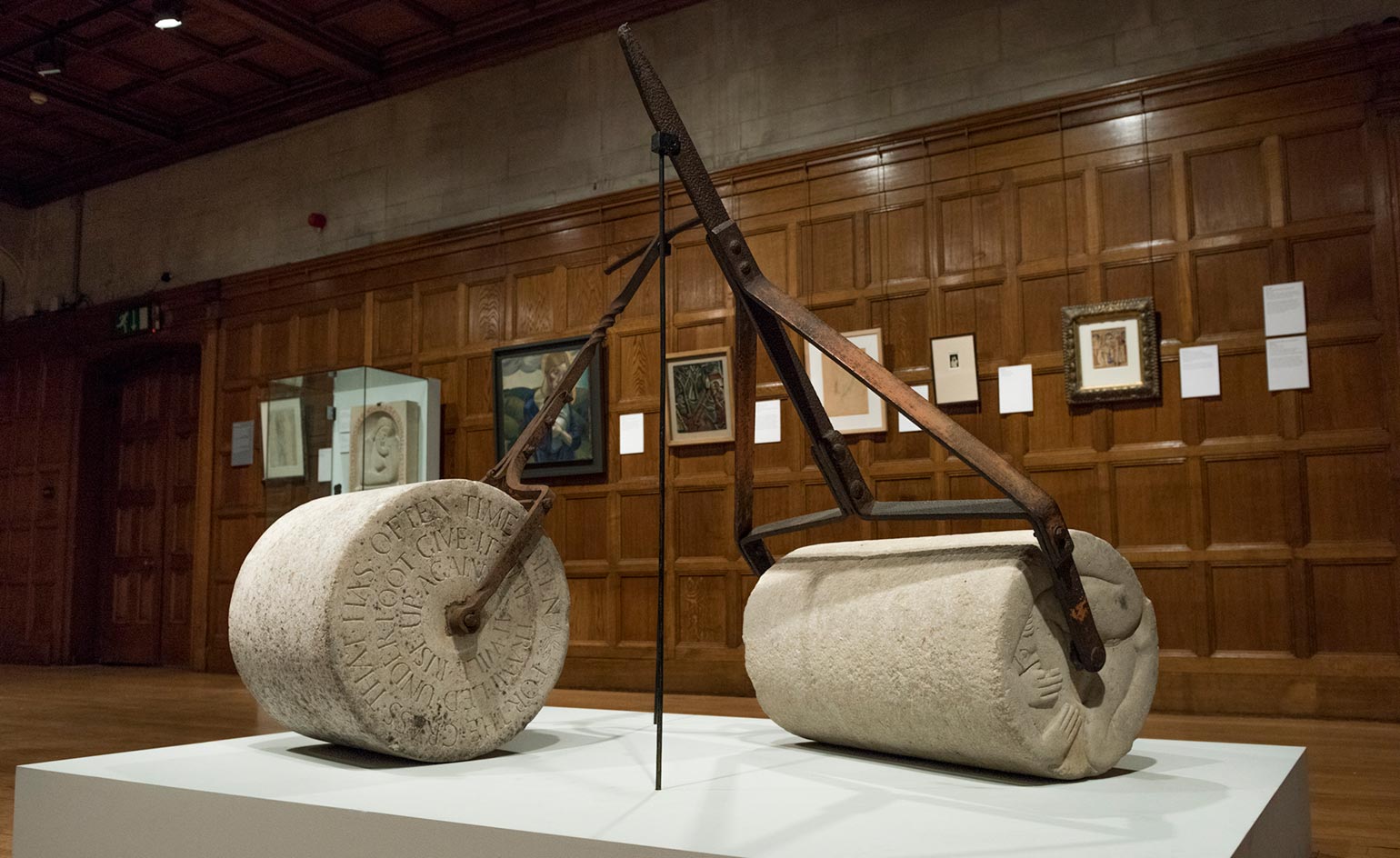
The arts and crafts movement of Ditchling, in Sussex, advocated working by hand
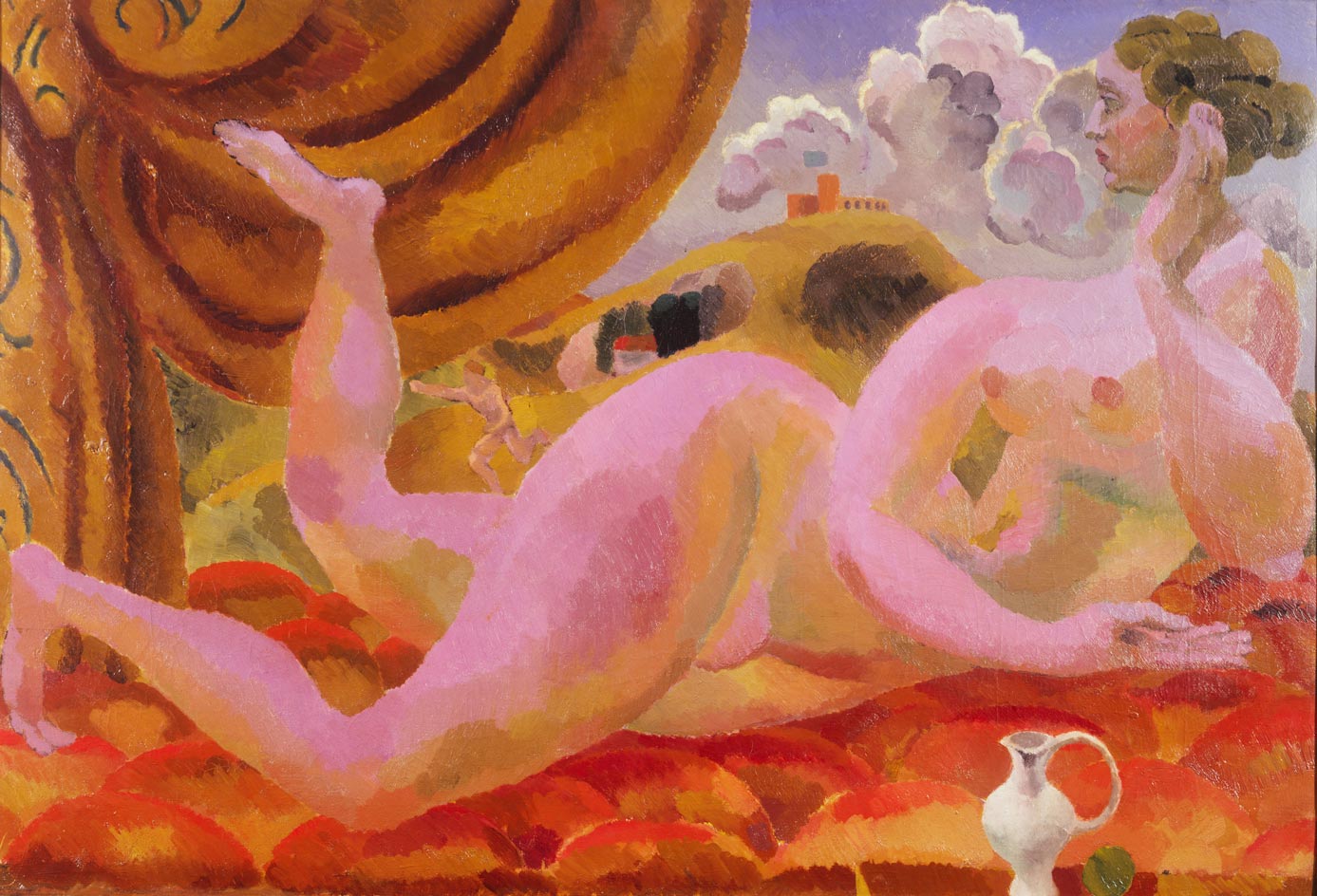
Venus and Adonis, Duncan Grant, c1919.
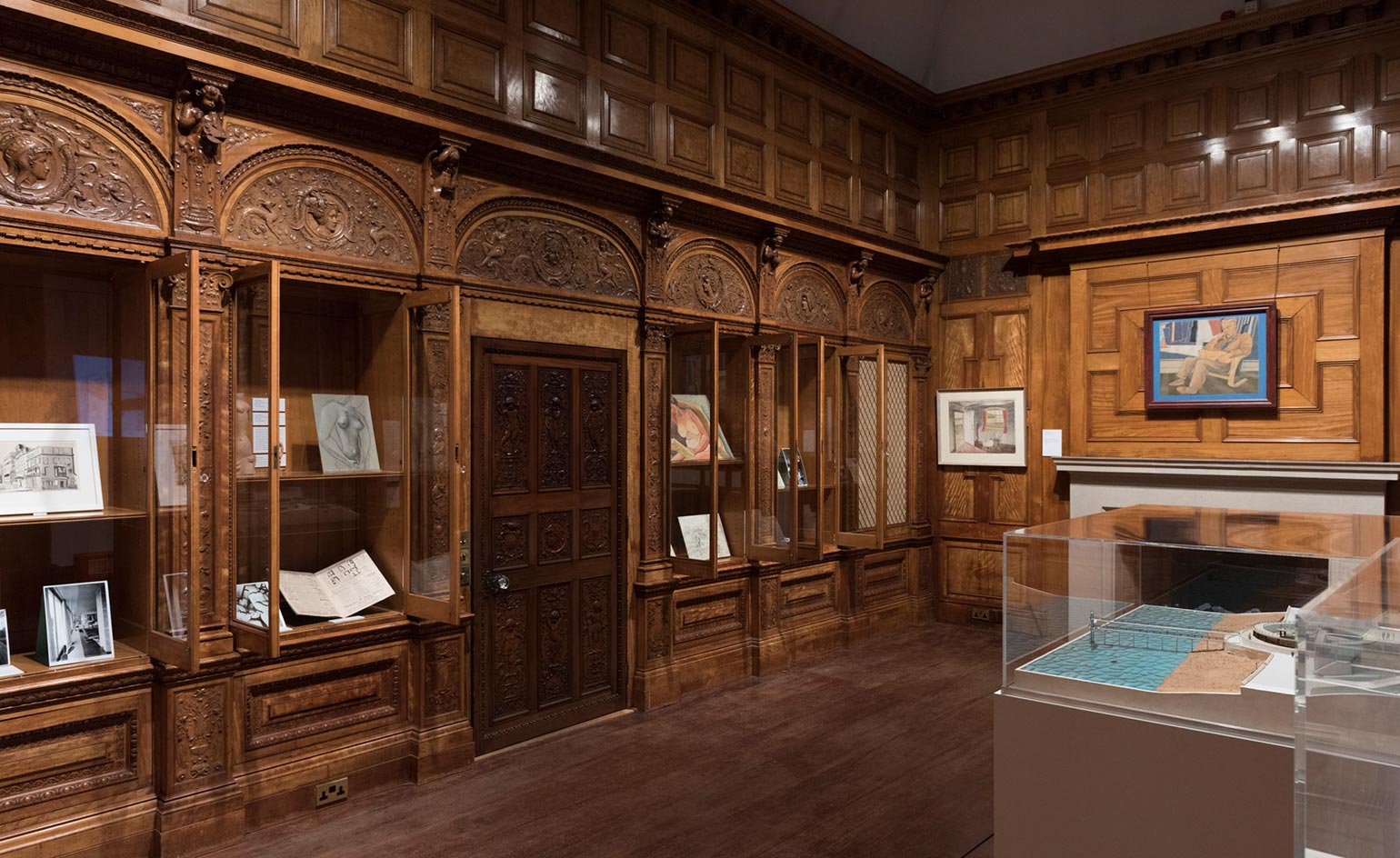
Two Temple Place's original glass-fronted cabinets are used to display works

Beach and Star Fish – Seven Sisters Cliff Eastbourne, by John Piper, 1933–34.
INFORMATION
’Sussex Modernism: Retreat and Rebellion’ is on view until 23 April. For more information, visit the Two Temple Place website
ADDRESS
Two Temple Place
2 Temple Place
London WC2R 3BD
Elly Parsons is the Digital Editor of Wallpaper*, where she oversees Wallpaper.com and its social platforms. She has been with the brand since 2015 in various roles, spending time as digital writer – specialising in art, technology and contemporary culture – and as deputy digital editor. She was shortlisted for a PPA Award in 2017, has written extensively for many publications, and has contributed to three books. She is a guest lecturer in digital journalism at Goldsmiths University, London, where she also holds a masters degree in creative writing. Now, her main areas of expertise include content strategy, audience engagement, and social media.
-
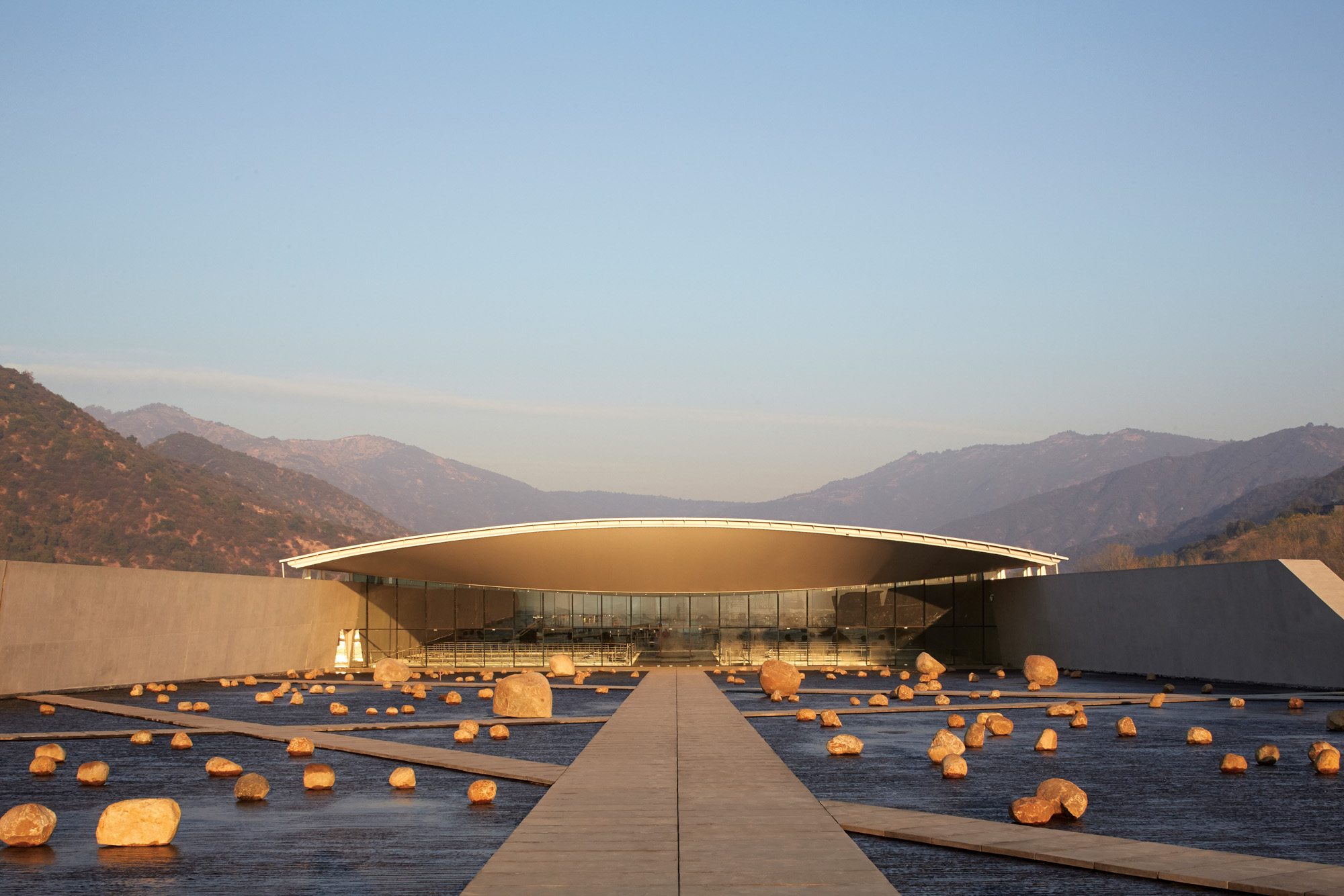 Traditional methods underpin Smiljan Radic's designs: 'I am not a creator of new shapes'
Traditional methods underpin Smiljan Radic's designs: 'I am not a creator of new shapes'Smiljan Radic is building a reputation with fabric roofs, fake ruins and a supporting cast of boulders; we visit a story from the Wallpaper* archives, exploring the architect's work, from a Chilean winery to London’s 2014 Serpentine Pavilion
-
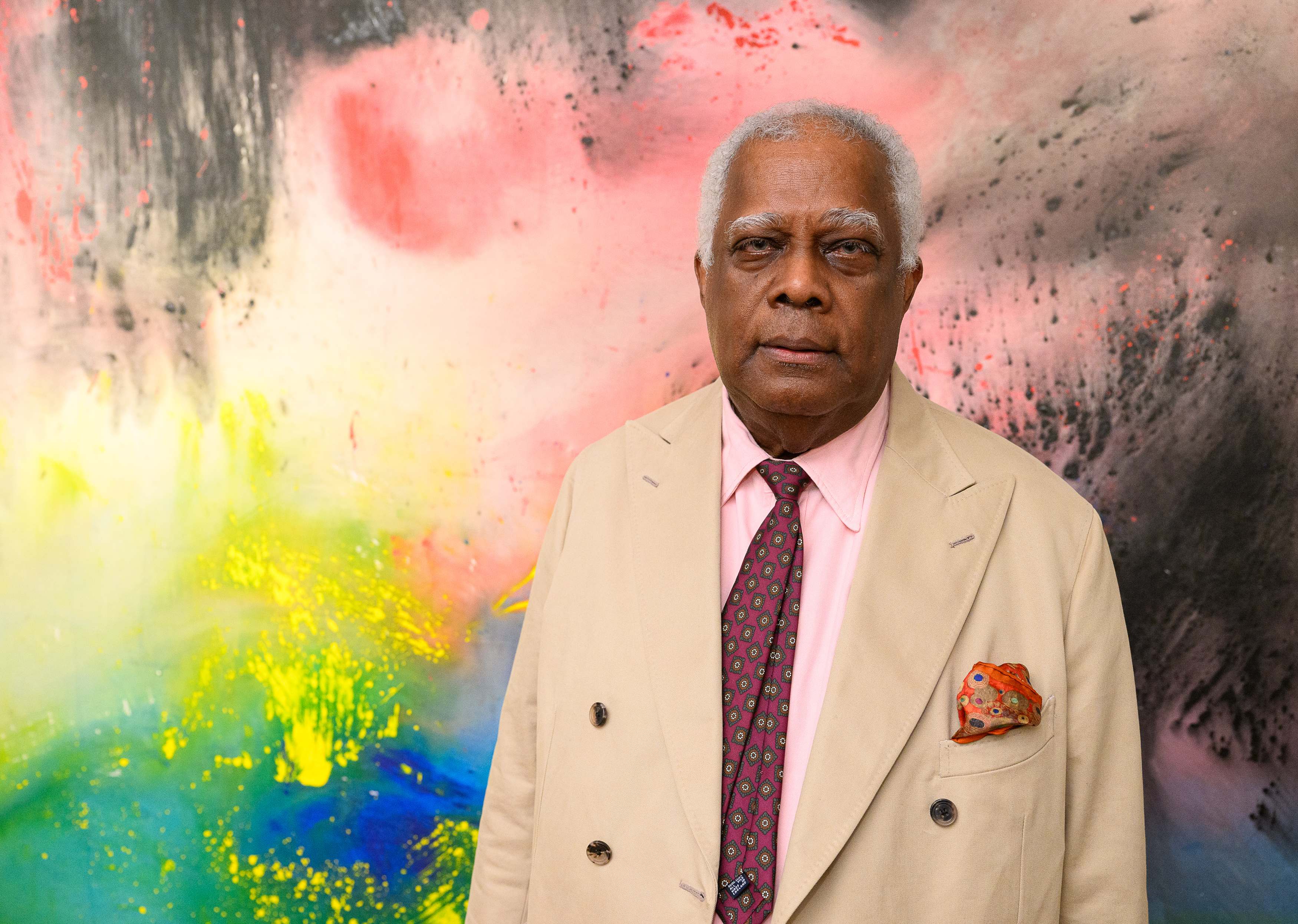 Winston Branch searches for colour and light in large-scale artworks in London
Winston Branch searches for colour and light in large-scale artworks in LondonWinston Branch returns to his roots in 'Out of the Calabash' at Goodman Gallery, London ,
-
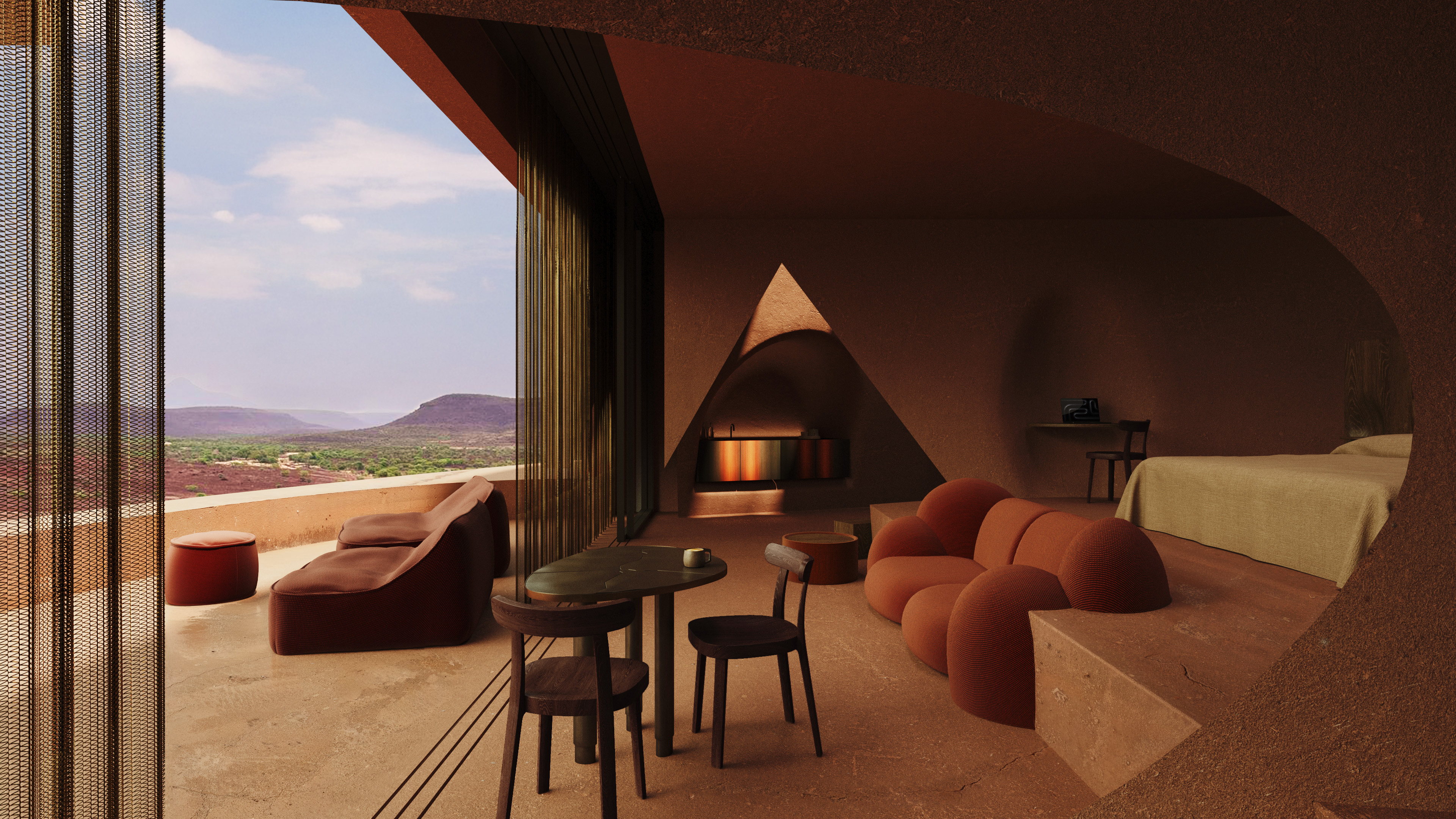 The most anticipated hotel openings of 2026
The most anticipated hotel openings of 2026From landmark restorations to remote retreats, these are the hotel debuts shaping the year ahead
-
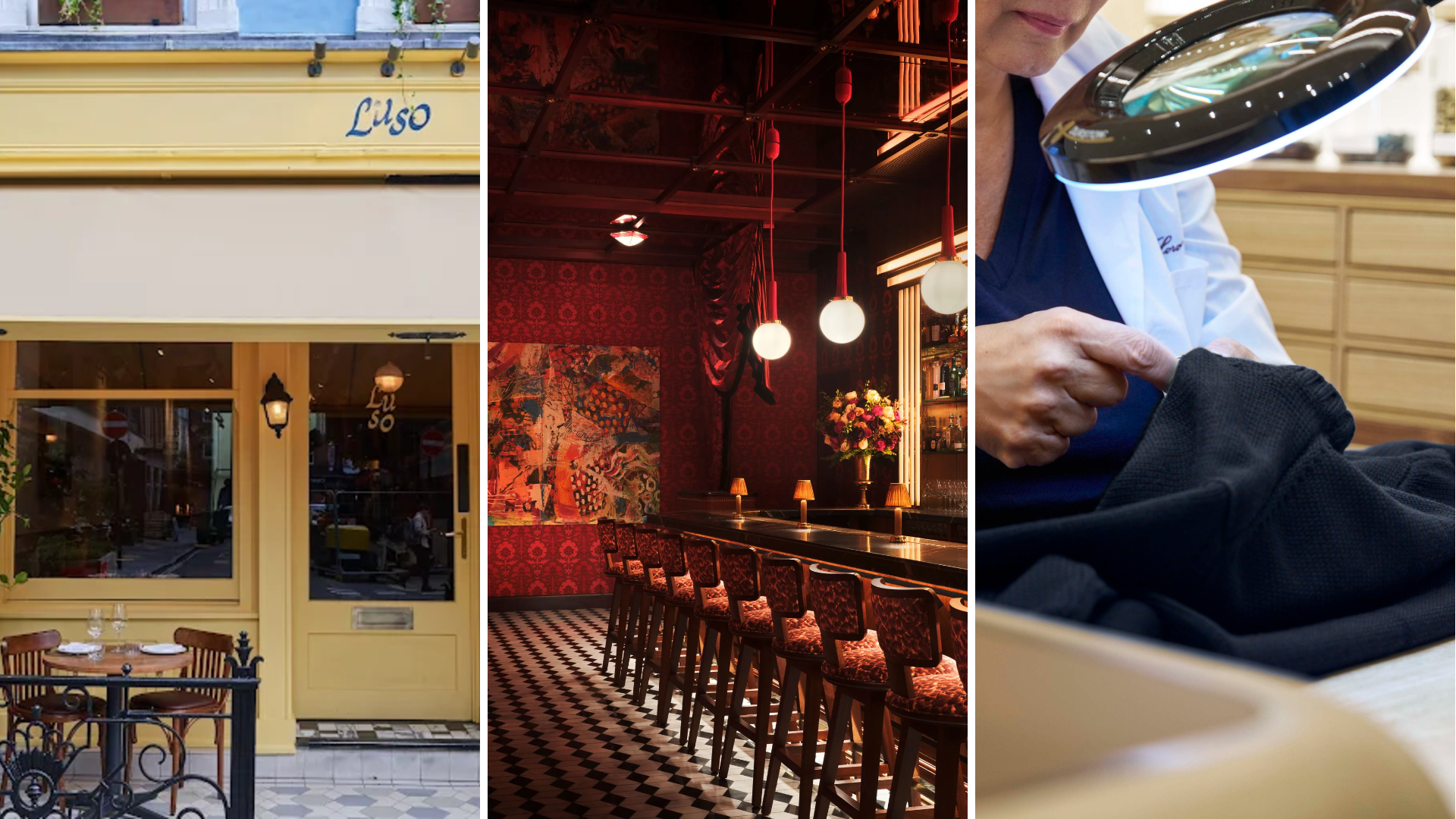 Out of office: The Wallpaper* editors’ picks of the week
Out of office: The Wallpaper* editors’ picks of the week'Tis the season for eating and drinking, and the Wallpaper* team embraced it wholeheartedly this week. Elsewhere: the best spot in Milan for clothing repairs and outdoor swimming in December
-
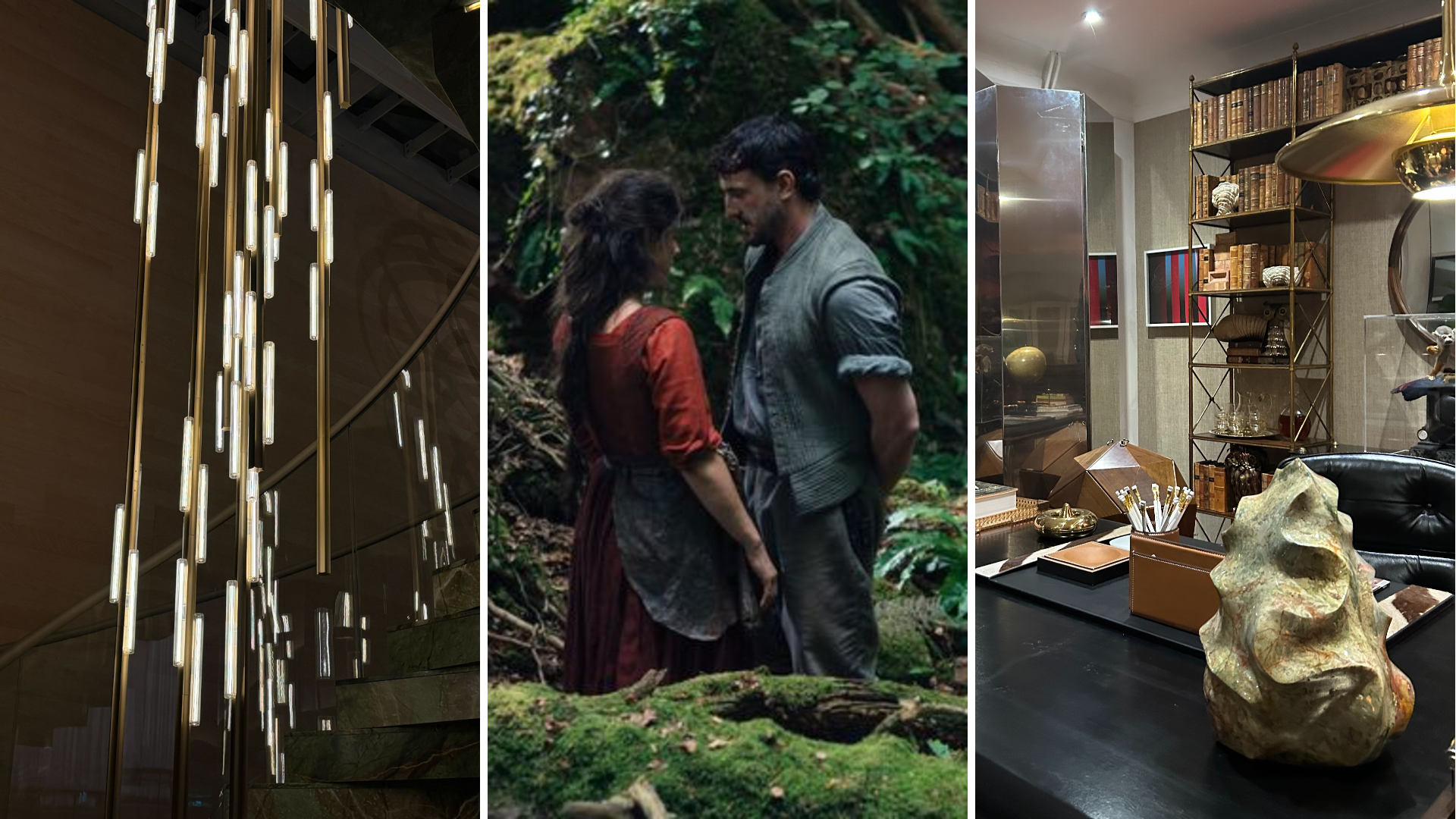 Out of office: The Wallpaper* editors’ picks of the week
Out of office: The Wallpaper* editors’ picks of the weekFar from slowing down for the festive season, the Wallpaper* team is in full swing, hopping from events to openings this week. Sometimes work can feel like play – and we also had time for some festive cocktails and cinematic releases
-
 The Barbican is undergoing a huge revamp. Here’s what we know
The Barbican is undergoing a huge revamp. Here’s what we knowThe Barbican Centre is set to close in June 2028 for a year as part of a huge restoration plan to future-proof the brutalist Grade II-listed site
-
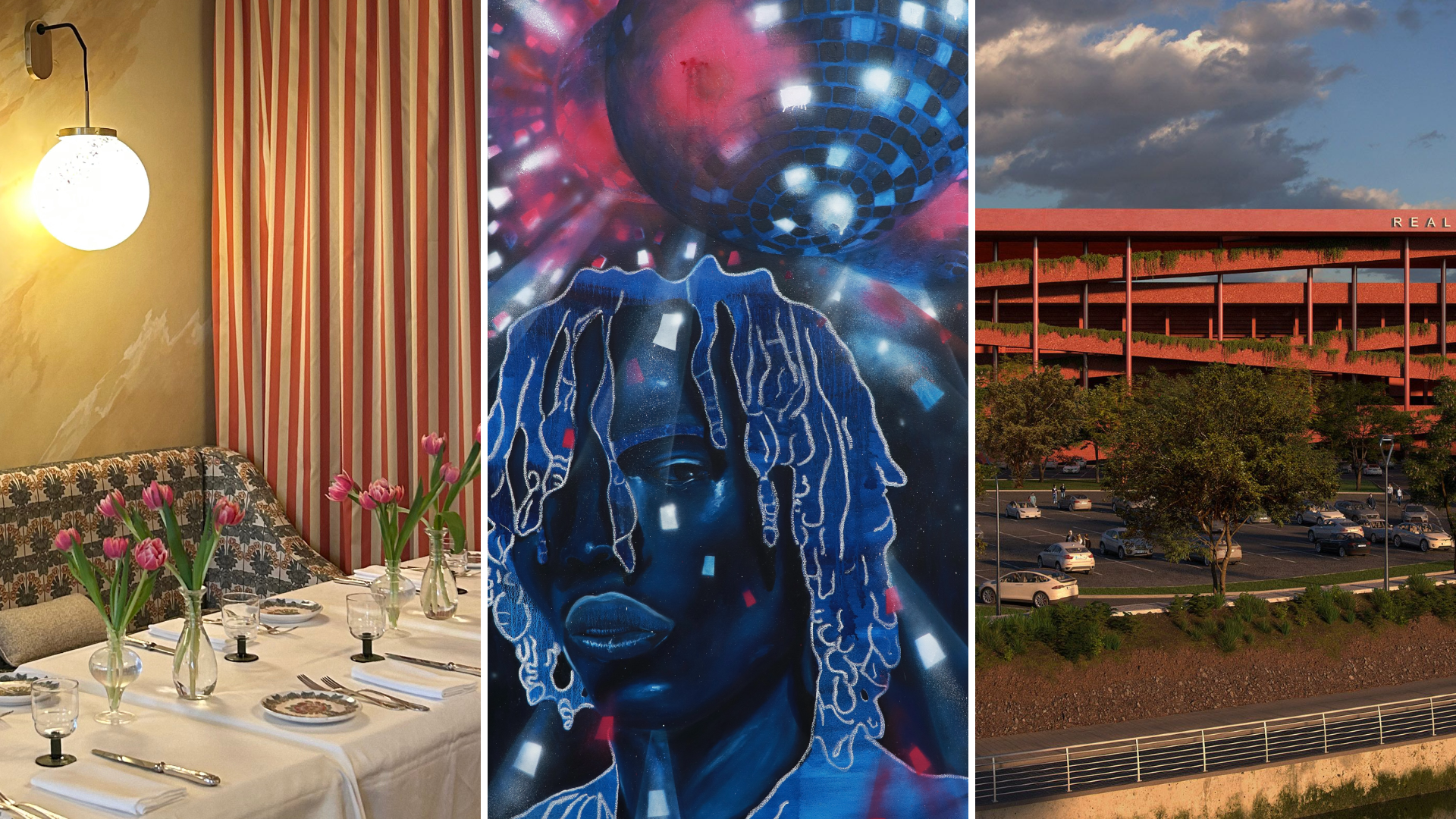 Out of office: The Wallpaper* editors’ picks of the week
Out of office: The Wallpaper* editors’ picks of the weekIt’s wet, windy and wintry and, this week, the Wallpaper* team craved moments of escape. We found it in memories of the Mediterranean, flavours of Mexico, and immersions in the worlds of music and art
-
 Each mundane object tells a story at Pace’s tribute to the everyday
Each mundane object tells a story at Pace’s tribute to the everydayIn a group exhibition, ‘Monument to the Unimportant’, artists give the seemingly insignificant – from discarded clothes to weeds in cracks – a longer look
-
 Out of office: The Wallpaper* editors’ picks of the week
Out of office: The Wallpaper* editors’ picks of the weekThis week, the Wallpaper* team had its finger on the pulse of architecture, interiors and fashion – while also scooping the latest on the Radiohead reunion and London’s buzziest pizza
-
 Out of office: The Wallpaper* editors’ picks of the week
Out of office: The Wallpaper* editors’ picks of the weekIt’s been a week of escapism: daydreams of Ghana sparked by lively local projects, glimpses of Tokyo on nostalgic film rolls, and a charming foray into the heart of Christmas as the festive season kicks off in earnest
-
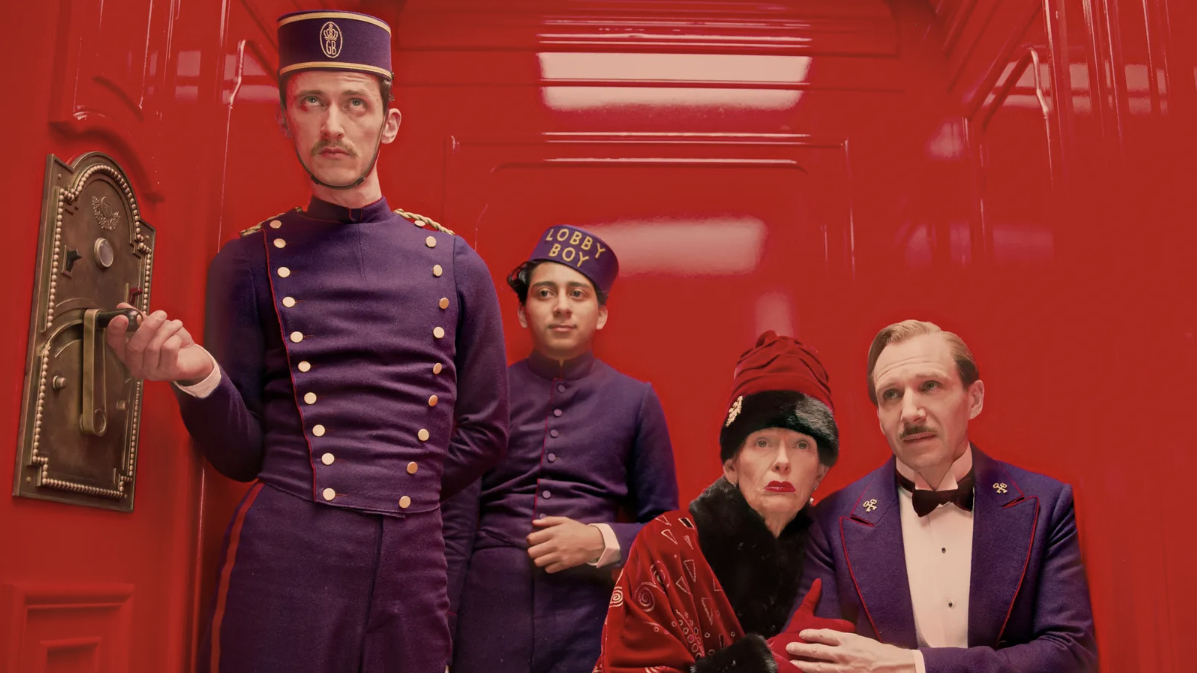 Wes Anderson at the Design Museum celebrates an obsessive attention to detail
Wes Anderson at the Design Museum celebrates an obsessive attention to detail‘Wes Anderson: The Archives’ pays tribute to the American film director’s career – expect props and puppets aplenty in this comprehensive London retrospective